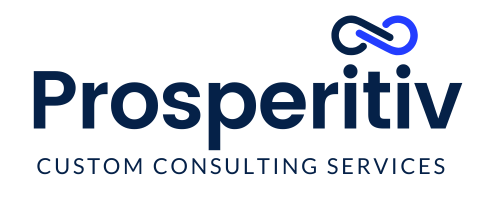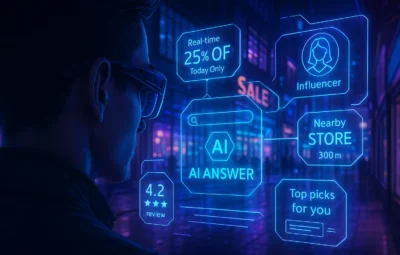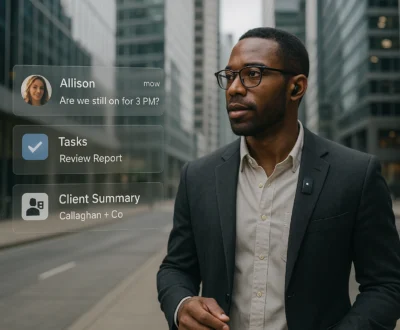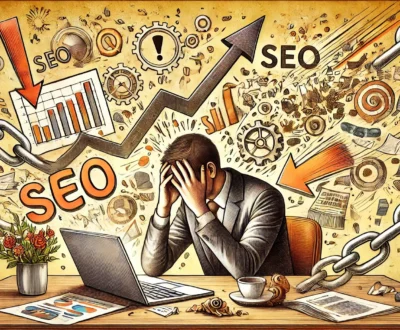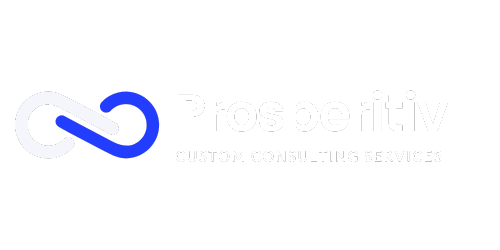Which Strategy Should You Prioritise? The Balance of SEO vs Social Media Marketing
Today, more and more business owners are faced with the SEO vs social media marketing conundrum and it's not an easy one to solve. SEO offers steady, long-term visibility through Google, while social media delivers quick wins and brand buzz. But do you really need to choose one over the other? In this article, we’ll break down these tactics, back it up with real-world data and share a simple framework to help you combine both strategies for greater growth.
SEO vs Social Media Marketing: Why Choose?
Lots of small businesses wonder: “Should I post on social media or focus on SEO?” The reality? You don’t have to choose. The best growth plans integrate both to multiply results. It’s not just a matter of marketing budget but it’s also about time, visibility, and where your customers actually are. Both strategies promise attention, clicks, and conversions but in very different ways. Let's take a closer look at SEO vs social media marketing.
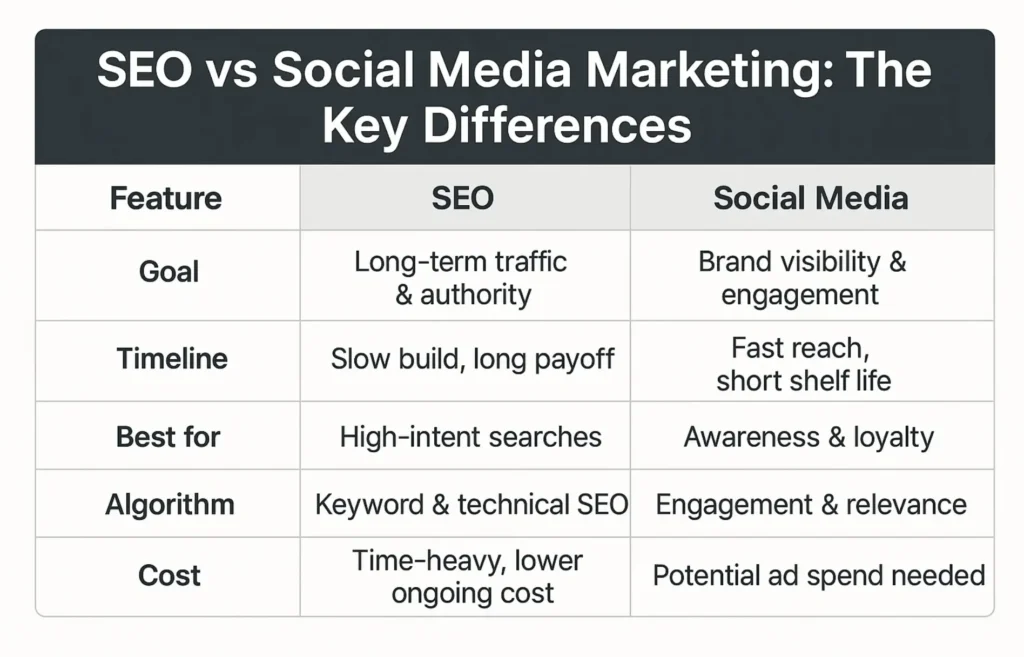
What Is SEO Best For?
SEO (Search Engine Optimisation) helps businesses increase visibility on Google and other search engines. Done right, SEO builds long-term traffic, trust, and authority. Here’s what SEO excels at:
- Capturing high-intent traffic – Users searching are often ready to act.
- Sustained visibility – A well-ranked page can bring in traffic for months or even years.
- Cost-efficiency – While setup can take time, the return on investment grows over time.
- Authority-building – SEO content can establish expertise and credibility.
According to a 2024 BrightEdge report, organic search drives 53.3% of all website traffic, far outpacing paid search and social channels.
What Is Social Media Marketing Best For?
Social media platforms (like Facebook, Instagram, LinkedIn, TikTok) are ideal for building awareness, community, and engagement.
- Quick visibility – Content can go viral or generate traffic in hours.
- Brand personality – Ideal for showcasing culture, humour, values.
- Customer interaction – Perfect for feedback, loyalty and real-time communication.
- Boosted content – You can amplify reach instantly with paid promotion.
Sprout Social’s Q2 2025 Pulse Survey, surveying over 2,200 users across the US, UK, and Australia, found that 41% of Gen Z now turn to social platforms first for information, surpassing traditional search engines—while 37% of all consumers use social first for product or restaurant searches.
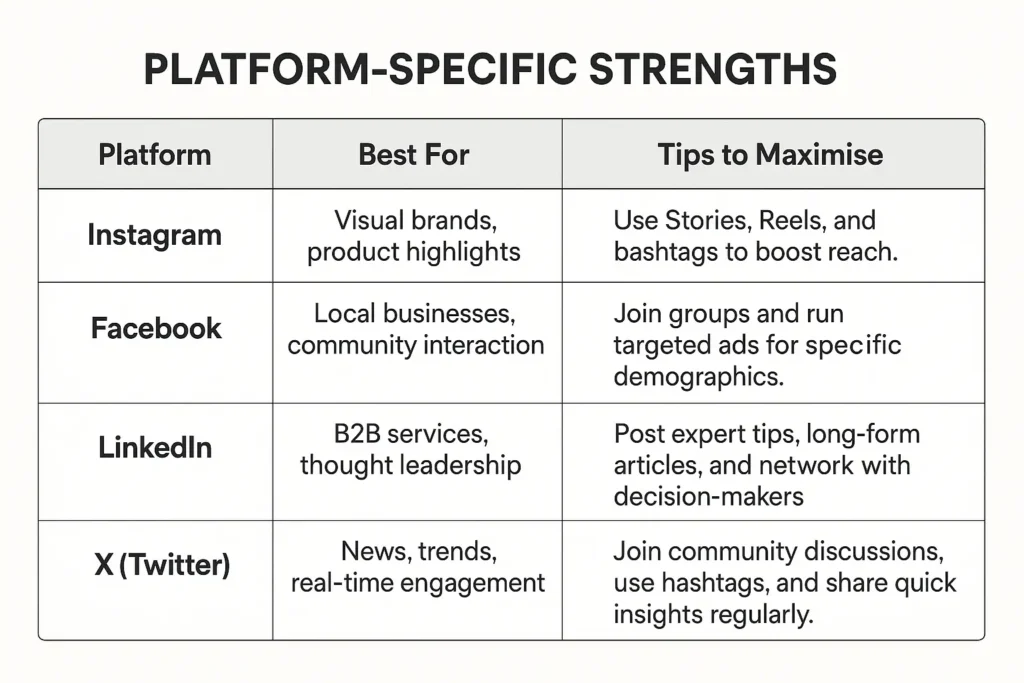
The Unified Growth Framework: SEO vs Social Media and Maximum Impact
Why choose between SEO and social media marketing when the real magic happens when they work together? This integrated framework will help you align both channels for long-term visibility, short-term engagement, and sustainable growth.
Step 1: Create SEO-Driven Content That Ranks and Converts
Objective: Establish visibility in search engines and build authority on topics your audience actively searches for.
Start with keyword research
Use tools like SEMrush, Ahrefs, or Google Keyword Planner to identify:
- High-volume, low-difficulty keywords
- Long-tail search phrases
- Question-based terms (great for featured snippets and AI search)
Produce content that’s optimised and valuable
Focus on:
- Solving real problems
- Matching search intent (informational, transactional, etc.)
- Clear structure: use H1/H2s, short paragraphs, and internal links
- Meta descriptions, schema, fast load times, and mobile responsiveness
- Include evergreen and trend-based topics which creates a balance of long-term traffic and short bursts of relevance
Step 2: Repurpose and Promote Content Across Social Media
Objective: Drive traffic, brand visibility, and engagement by sharing and reshaping your SEO content for different platforms.
Tailor content to platform behaviours
- Instagram: Convert blog snippets into Reels or carousels
- LinkedIn: Share insights, statistics, or quotes with your audience
- TikTok: Turn key takeaways into quick explainer videos
- X (Twitter): Create threads based on blog sections with hashtags
- Facebook: Republish blog links with compelling intros and visuals
Don’t post once and forget
- Create a distribution calendar:
- Share each blog 3–5 times over 3 months
- Vary the format (text, image, video, carousel, poll)
- Test different CTAs
Include backlinks to your original blog
Use clear CTAs like “Read the full post”, “Explore more tips”, or “Visit our resource library”.
Step 3: Engage Your Audience and Loop Them Back to Your Website
Objective: Build relationships and turn traffic into loyal followers or leads.
Ask questions and start conversations
Encourage comments and community input around your shared blog content. This boosts algorithm reach and gives social proof.
Use social insights to refine SEO strategy
Notice which posts, headlines, or formats perform best socially. Use that insight to adjust blog titles, optimise meta descriptions, or update content.
Guide people back with value-driven CTAs
- Add CTAs to your bio (e.g. Linktree or single destination pages)
- Use story highlights, pinned posts, and comment links
- Share gated content like downloadable guides to capture leads
Track, iterate, optimise
Use Google Analytics and social platform insights to measure:
- Click-through rate (CTR)
- Time on page
- Shares and saves
- Comments and conversation quality
Recommended: Why Is My Website Ranking So Low? Stop Making These 10 SEO Mistakes
Results of This Framework
When executed properly, this blended approach leads to:
- Higher organic traffic
- Improved brand engagement
- Increased lead generation
- Lower cost per acquisition over time
- A resilient brand that performs well across channels—even if algorithms shift
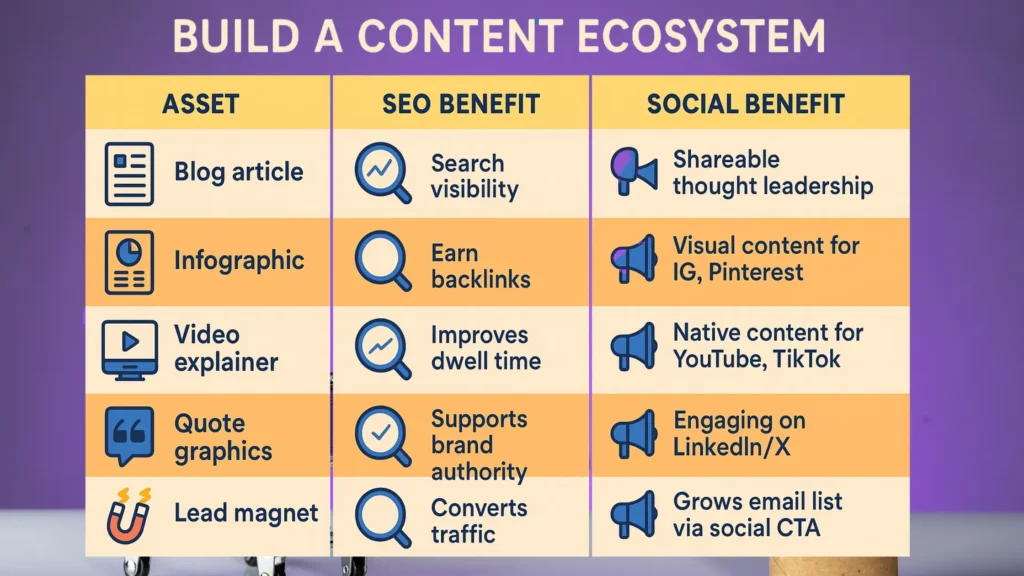
Bonus Content: The Role of Google AI in SEO vs Social Media Marketing
As AI reshapes how we search, SEO vs social media marketing is no longer just about visibility—it's about how you’re discovered. Google's new Search Generative Experience (SGE), as explored in this article, puts even more pressure on brands to create authoritative, structured content that AI can interpret and feature in results.
What does that mean for your strategy? You need high-quality blog posts and pillar pages to keep up with how search is evolving—but that’s only half the story. As Google becomes more answer-oriented, human engagement and trust (the realm of social media) becomes equally valuable. That’s why the debate of SEO vs social media marketing shouldn’t be a debate at all—they're two parts of the same puzzle.
By combining long-form, optimised content with real-time, relatable posts on social, you stay relevant in both the algorithm and your audience’s mind. Read more about Google AI and the future of search in this comprehensive guide.
SEO is still essential today, but the way customers discover brands is changing. The rise of GEO (Generative Engine Optimisation) will reshape marketing as AI assistants and smart glasses become mainstream. We talk about this more in this fascinating article on "AI Smart Glasses and the Future of GEO."
Final Thoughts: SEO vs Social Media Marketing
In the SEO vs social media marketing debate, there’s no one-size-fits-all answer because the best strategy isn’t choosing one over the other. It’s about understanding the unique strengths of each and using them together to drive both immediate results and long-term growth.
SEO helps you rank, build trust, and drive long-term traffic. Social media helps you connect, grow fast, and stay top of mind.
Used separately, each channel has limits. But when combined—when you create high-quality content for search and distribute it through the right social channels—you’re building a self-sustaining content engine.
At Prosperitiv, we specialise in building strategies that connect the dots. From high-performing SEO content to scroll-stopping social posts, we help ambitious brands grow smarter—not louder.
Want to turn clicks into customers? Let’s make it happen.
FAQS:
Click the + to read any answer or visit our most FAQ page to review the most frequently asked questions across all our Elite Locations.
If you click on a ‘Category’ or ‘Tag’ link, the page will ‘refresh’ and reload the page showing the top of the page first, you’ll then just need to scroll down to the FAQ section to see the results for the Category or Tag you selected.
SEO and social media marketing serve different purposes. SEO is ideal for driving long-term, high-intent traffic from Google, while social media marketing helps build brand awareness and engage followers quickly. The most effective growth strategies combine both for maximum impact.
It depends on your goals. If you want long-term visibility and steady traffic, start with SEO. If your goal is rapid engagement or building community, social media marketing is ideal. For best results, combine both strategies—create SEO-driven content and repurpose it on social media to maximise reach and return.
Recent Posts
Popular Posts
About us and this blog
We are a digital marketing company with a focus on helping our customers achieve great results across several key areas.
Request a free quote
We offer professional SEO services that help websites increase their organic search score drastically in order to compete for the highest rankings even when it comes to highly competitive keywords.
Subscribe to our newsletter!
More from our blog
See all postsRecent Posts
- Are AI Summaries Killing Your Traffic — or Creating a New Opportunity? September 11, 2025
- Synthetic Intelligence Is Coming. What SMEs Should Know August 29, 2025
- AI Smart Glasses Will Rewrite Marketing: Are You Ready for GEO? July 24, 2025
